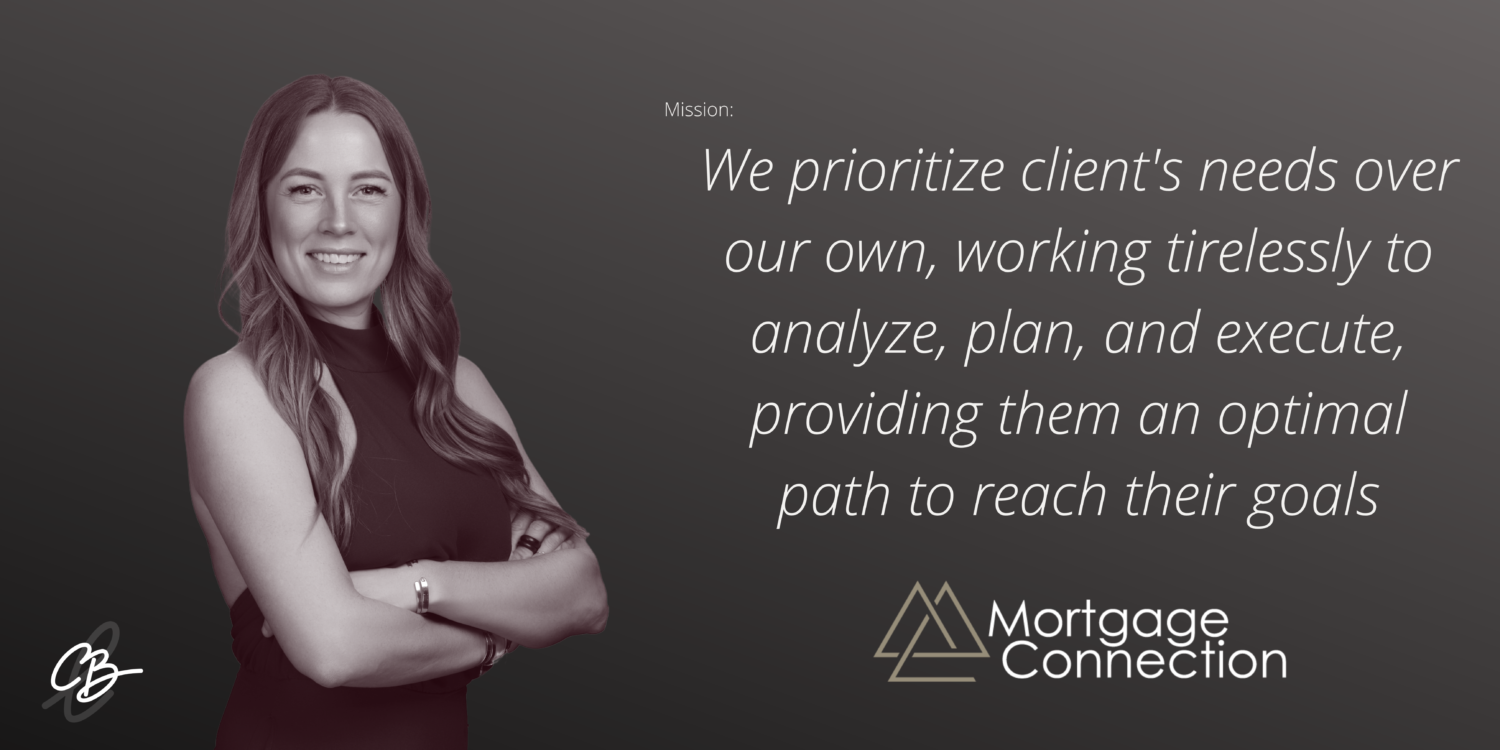Canadian Tax Time Checklist: Get Ready for the 2024 Tax Season
Tax season in Canada can feel overwhelming, but with a bit of preparation, you can make the process smoother and even maximize your returns. Whether you’re filing on your own or working with a professional, following this checklist will help you stay organized and avoid costly mistakes.
1. Gather Your Documents
Start by collecting all necessary documents, including:
- Income slips (T4, T4A, T5, etc.)
- Deduction and credit receipts (RRSP contributions, medical expenses, tuition receipts, childcare costs, etc.)
- Other tax-related statements (Notice of Assessment (NOA), RRSP/TFSA contribution limits, investment statements, rental income records, etc.) Having these documents on hand will save time and ensure you don’t miss out on deductions or credits.
2. Know the RRSP Contribution Deadline
The deadline to contribute to your RRSP for the 2024 tax year is March 3, 2025. Contributions made before this date can be deducted from your taxable income, reducing the amount of tax owed. If your employer offers an RRSP matching program, check their deadlines to maximize your benefits.
3. Take Advantage of Lesser-Known Tax Deductions
Salaried employees often have limited tax reduction options outside of registered accounts like TFSAs, RRSPs, and FHSAs. However, there are additional deductible expenses, including:
- Labour mobility and moving costs for job relocation
- Home office expenses
- Uncovered medical expenses
- Trade or professional exam fees
- Investment losses Consulting a tax professional can help you uncover these opportunities and optimize your return.
4. Set Up a “My Account” with the CRA
A CRA My Account allows you to:
- Access tax forms (T4, T4E, T5, etc.)
- Monitor benefits and payments (Canada Child Benefit, GST/HST rebate, etc.)
- Check RRSP and TFSA contribution limits
- Receive assessment notices and correspondence quickly While you can still interact with the CRA via mail or phone, having an online account streamlines the process and saves time.
5. Plan for Taxes Owed or Refunds Received
- If you owe taxes, file and pay by April 30, 2025, to avoid penalties and interest. If you need extra time, consider setting up a CRA pre-authorized debit (PAD) agreement to manage payments.
- If you’re getting a refund, have a plan for it! Consider using the funds to pay down debt, invest, or save for future expenses. Without a plan, it’s easy to spend the money before it even arrives.
6. Start Planning for Next Year
Last-minute tax planning can lead to missed deductions and costly mistakes. Instead of rushing, take time to strategize for the next tax year. Registered accounts like TFSAs, RRSPs, and FHSAs require careful planning to maximize contributions and avoid penalties. RRSP and FHSA contributions have strict deadlines for tax deductions, and withdrawals from these accounts need to be managed wisely to minimize taxes.
7. Integrate Tax Planning with Other Registered Accounts
While TFSA and RESP contributions don’t affect your tax filing, they are essential for long-term financial planning:
- TFSA: Contributions are not tax-deductible, but withdrawals are tax-free. The TFSA has a lifetime contribution limit and is not income-dependent.
- RESP: The government offers up to $7,200 in grants for your child’s education. To maximize benefits, contribute $2,500 annually by December 31 for 14 years after your child’s birth.
Final Thoughts
By following this tax checklist, you can ensure a stress-free tax season while maximizing deductions and avoiding penalties. Whether you’re planning for the current tax year or setting yourself up for financial success in the future, proper preparation is key.
Need help navigating your taxes? Consult a professional to ensure you’re making the most of your tax-saving opportunities!
